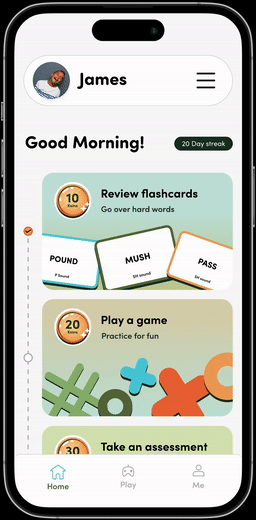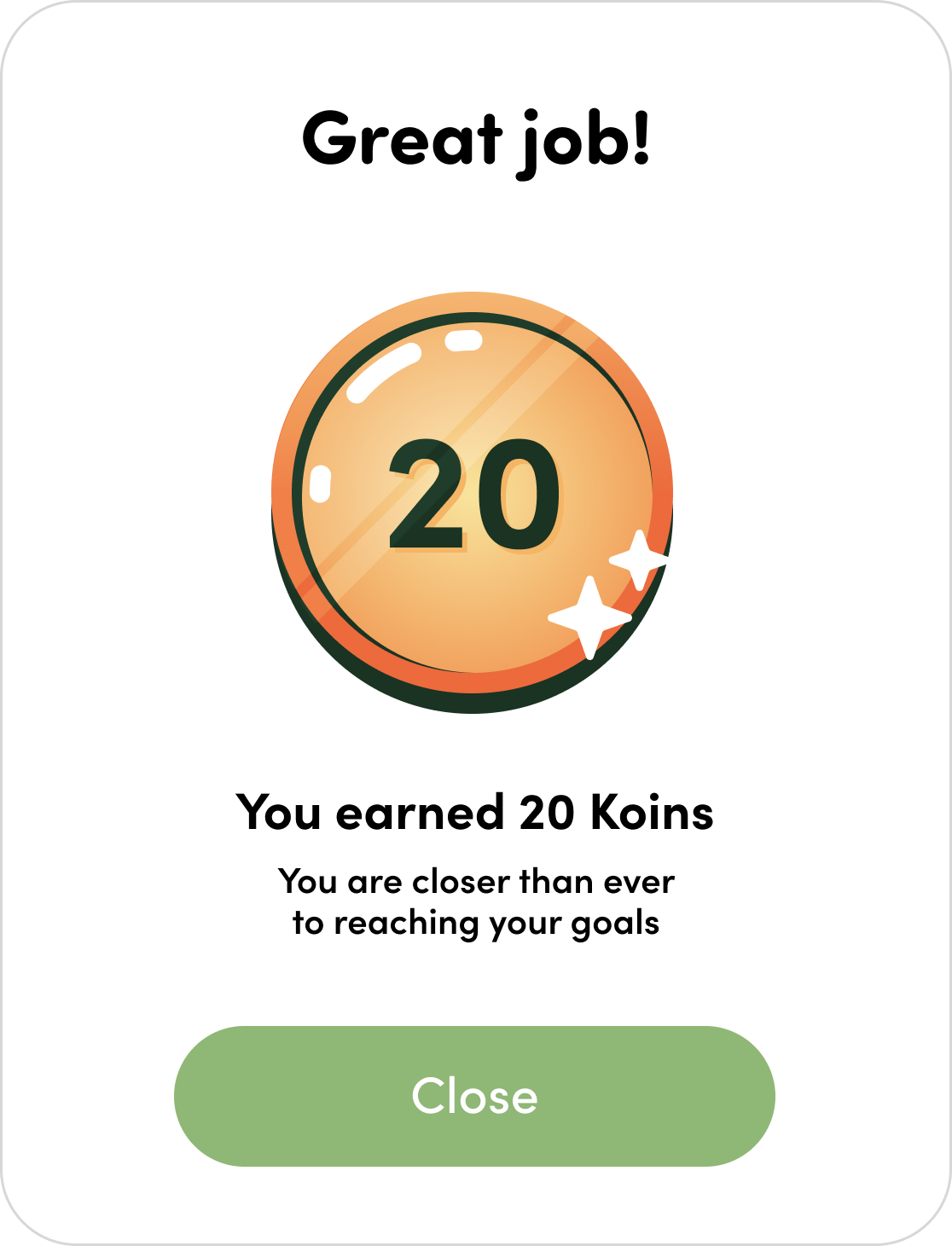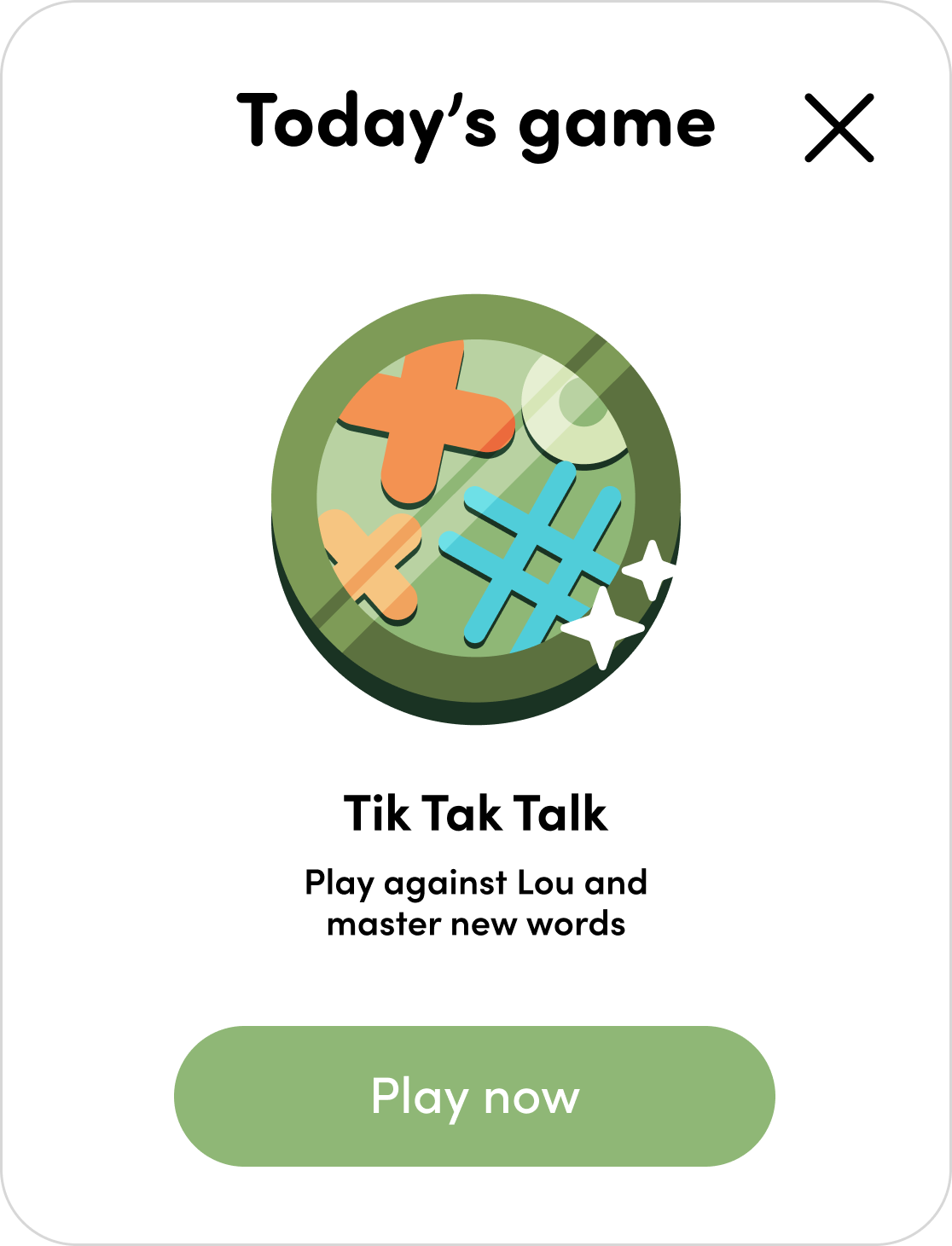At a glance
Product Preview.
Outcome: To create an minimum viable product in order to gain funding from investors
Scroll to see more


AI Powered Curriculum and Tasks
VocalR will organize daily tasks to ensure tangible and lasting results, providing users with a comprehensive and effective approach to improving their speech skills.

Play Speech Therapy Games
VocalR games will assist users in speech repetition and practice, a well-known method endorsed by speech-language pathologists (SLPs) for correcting speech impediments.

Earn Rewards and "Koins"
An effective reward system ensures that users will return every day, eager to play more and enhance their skills.

















































